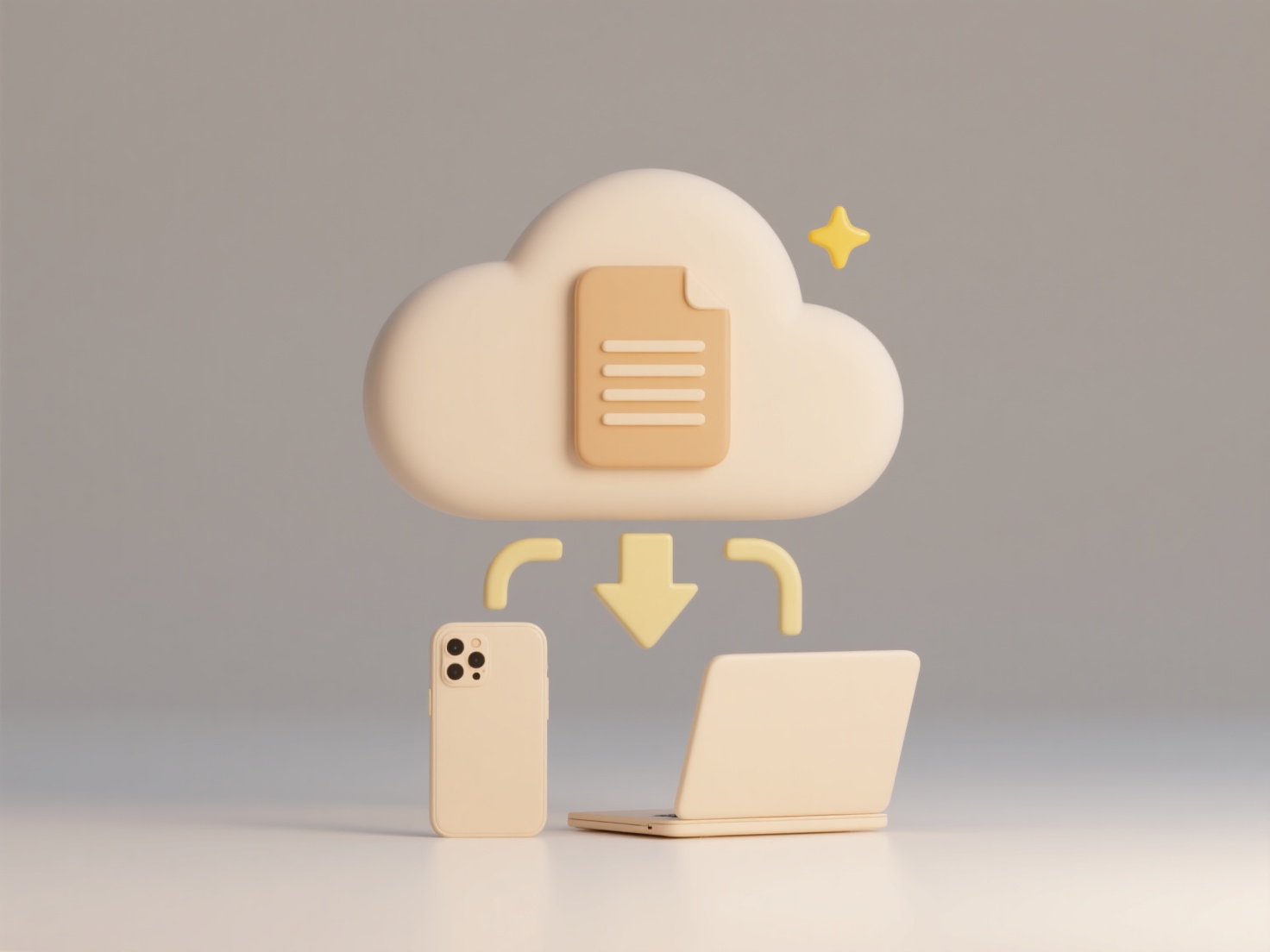
Sharing files with permissions in Slack means controlling who can view or edit your uploaded files directly within channels or direct messages. Slack inherits access controls from where the file is shared: files posted to public channels become visible to anyone in your workspace, while files shared in private channels or direct messages remain restricted to those members. This differs from simply uploading files anywhere; conscious placement determines access.
For example, sharing an HR policy draft in a private #hr-updates channel ensures only HR staff see it, while posting a sales presentation to a public #all-marketing channel allows entire department access. Customer support teams often share sensitive client documents via direct messages to specific agents or small private channels, maintaining confidentiality compared to public workspace channels.

This approach offers simplicity—permissions automatically align with channel settings without extra steps—reducing accidental exposure risks. However, it limits granular control; you cannot restrict access within a channel (e.g., hiding a file from some channel members). Avoid sharing highly confidential files even in private channels if members shouldn’t all access them, as Slack's permissions depend entirely on channel membership. Consider sensitive file sharing via integrated apps like Google Drive for detailed individual permissions if needed.
How do I share files in Slack with proper permissions?
Sharing files with permissions in Slack means controlling who can view or edit your uploaded files directly within channels or direct messages. Slack inherits access controls from where the file is shared: files posted to public channels become visible to anyone in your workspace, while files shared in private channels or direct messages remain restricted to those members. This differs from simply uploading files anywhere; conscious placement determines access.
For example, sharing an HR policy draft in a private #hr-updates channel ensures only HR staff see it, while posting a sales presentation to a public #all-marketing channel allows entire department access. Customer support teams often share sensitive client documents via direct messages to specific agents or small private channels, maintaining confidentiality compared to public workspace channels.

This approach offers simplicity—permissions automatically align with channel settings without extra steps—reducing accidental exposure risks. However, it limits granular control; you cannot restrict access within a channel (e.g., hiding a file from some channel members). Avoid sharing highly confidential files even in private channels if members shouldn’t all access them, as Slack's permissions depend entirely on channel membership. Consider sensitive file sharing via integrated apps like Google Drive for detailed individual permissions if needed.
Quick Article Links
Does Wisfile support folder structure preservation during sorting?
Does Wisfile support folder structure preservation during sorting? No, Wisfile does not preserve your original folder ...
Why can’t I edit this .xlsx file?
You might be unable to edit an .xlsx file due to several common reasons. Primarily, this file type is Microsoft Excel's ...
What is “smart sync” or “on-demand sync”?
Smart Sync, also known as on-demand sync, is a cloud storage synchronization feature. It allows users to see all their f...